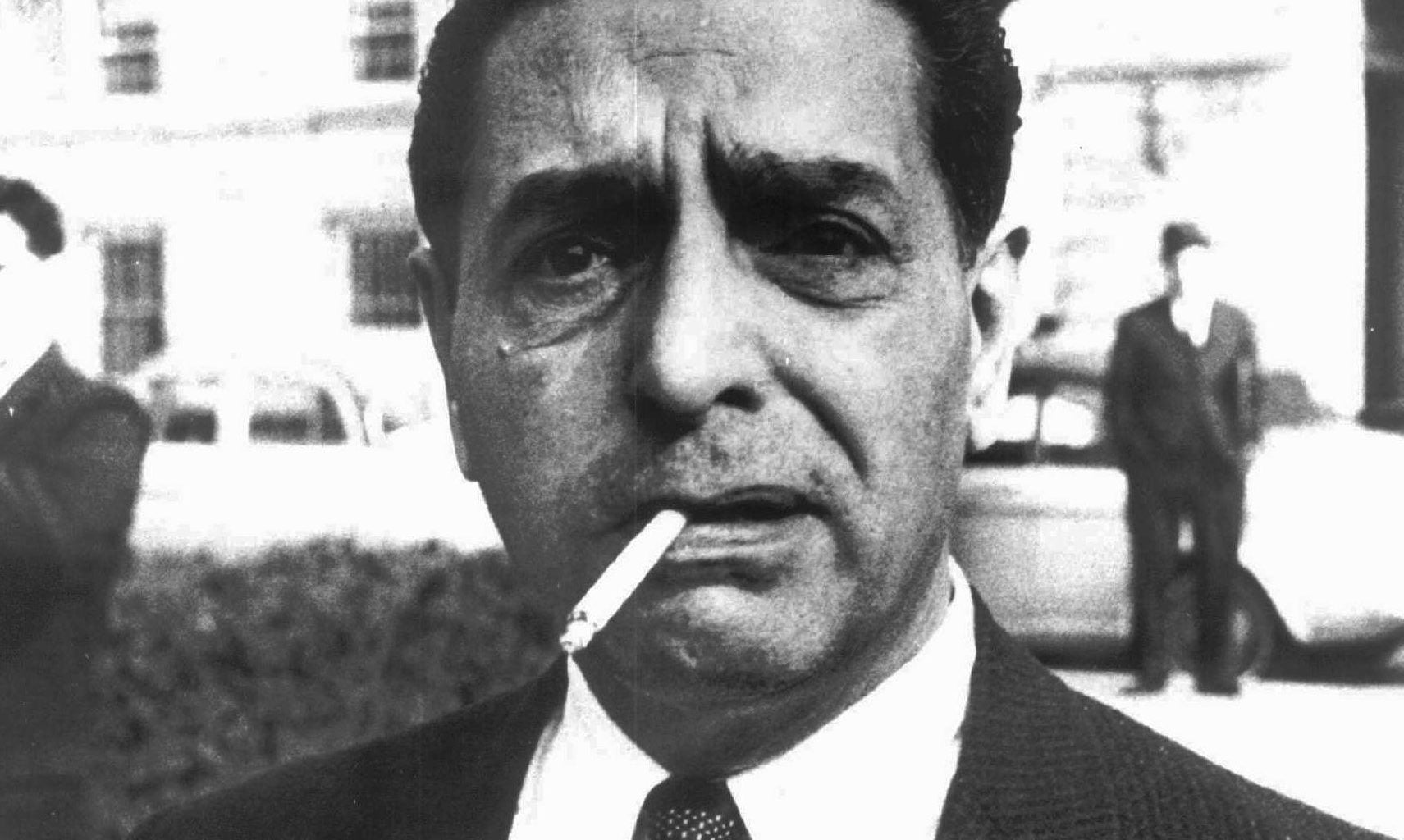“We’ve got a gig Mafia now”: What a mob boss’s murder tells us
The Mafia has not been spared from the gigificaton that has reshaped the larger economy.


The Mafia has not been spared from the gigificaton that has reshaped the larger economy.
That was one of the takeaways from expert analysis following Francesco “Franky Boy” Cali’s murder in Staten Island, New York this week. Cali, an underboss in the Gambino crime family, was shot at least six times outside his home on Wednesday (March 13), in an incident that may be related to a mob power struggle.
If the shooting was an official “rub out,” it would be the first killing of a high-ranking Mafia leader since the 1985 shooting of Paul Castellano, then head of the Gambino family, outside Sparks Steak House in Manhattan. But the relatively few headlines about New York’s “five families” since then should not be taken as a sign of the mob’s erasure, William Gale, as assistant agent for the FBI who directs the Organized Crime Task Force in New York, explained to NBC News this week. “The mob is alive and well,” he said, explaining that their “bread-and-butter money-making activities” remain centered around illegal gambling, “which turns into loan sharking, which turns into extortion.”
What’s changed, apparently, is the mob’s structure and recruiting methods. Cali, for instance, was said to be recruiting many of his foot soldiers from Sicily, which is part of a “broader trend” according to an anonymous investigator who spoke to the New York Times (paywall). For 21st-century Mafia managers, old-country recruits “have what they believe are the old values, because the American-born kids don’t have the right stuff anymore,” that official said.
The problem in the US may be a lack of loyalty and dearth of talent in a diminished Mafia (paywall), David Shapiro, a distinguished lecturer at the John Jay College of Criminal Justice and former FBI agent, who also spoke to NBC News, suggested.
“There was always the assumption that there was command and control in the mob families, like our American corporations,” he said. “But I don’t think that applies as much anymore. Today the business units are more fluid. The cells are smaller. There is not that loyalty to the boss and the underboss that there used to be.”
“You know the gig economy?” he also said. “Well, we’ve got a gig Mafia now.”
Christian Cipollini, a crime historian, author, and blogger, shared a similar view with Vice in 2015 when describing a disrupted industry. “The American Mafia had based a lot of its progress on the assistance of politicians, the supply of contraband, and rackets across the board,” he said. “As time went on, there were fewer people taking payoffs, younger and more savvy organizations excelled in the drug trade, and many of the rackets the Mafia dominated—well, they just don’t exist anymore.”
A string of mob convictions and defections in the ’80s and ’90s also left New York’s five families weakened, just as other criminal organizations, including the Russian mafia, were rising, Gale also said.
But it’s not only in the US where the Mafia is shape-shifting and attracting freelancers. A 2015 study of organized crime in the EU described “conglomerations of career criminals who temporarily join with others to commit crimes until they are completed and then reform with others to commit new crimes,” writes the Independent.
That report called on law enforcement agencies to rethink their approach to shutting down the now “adaptable” mob networks, which were no longer about hierarchy and tradition.